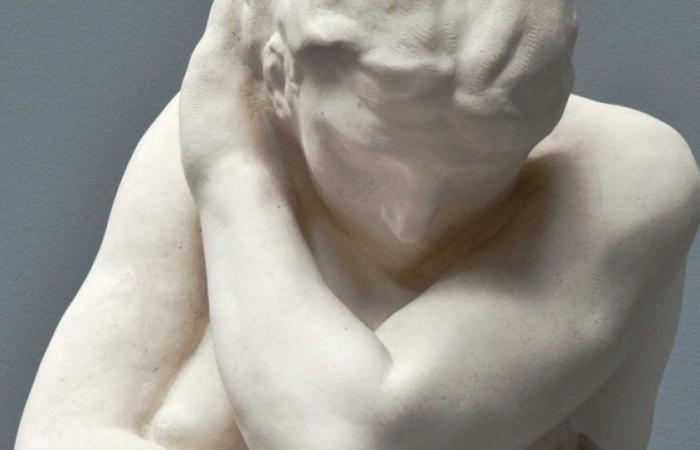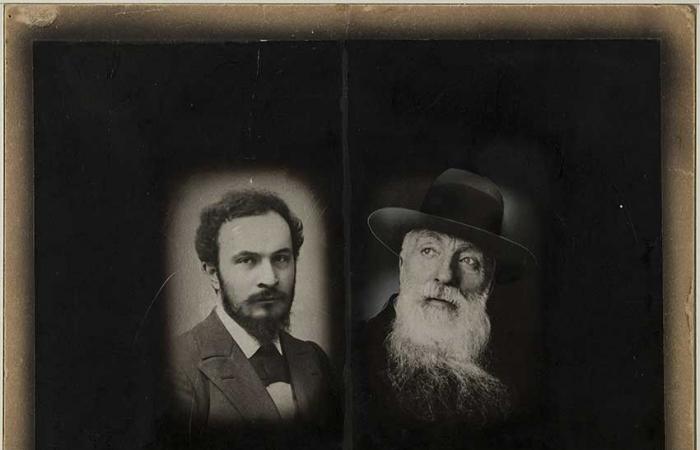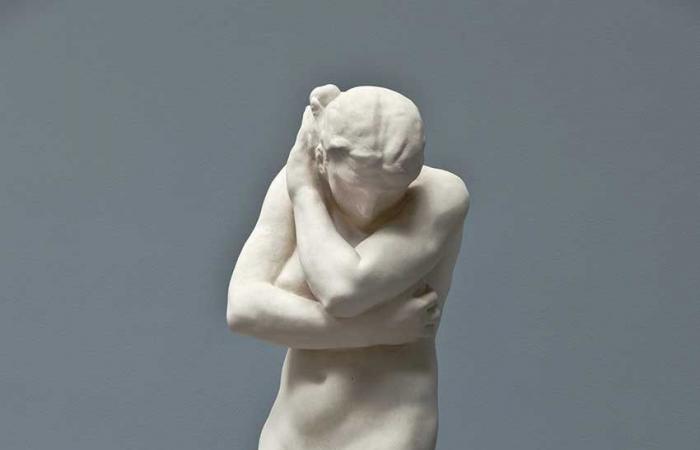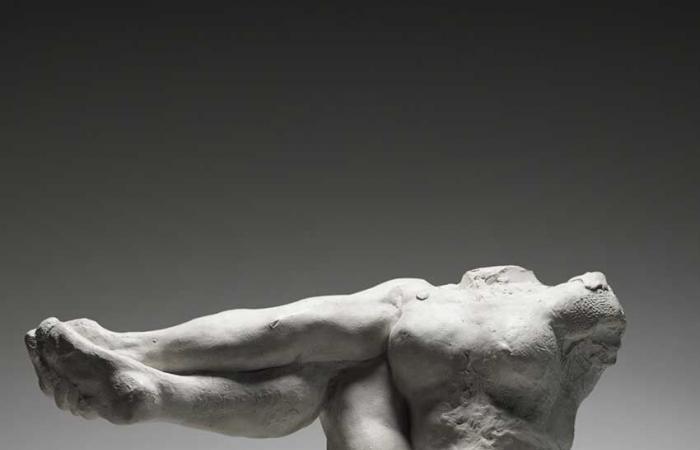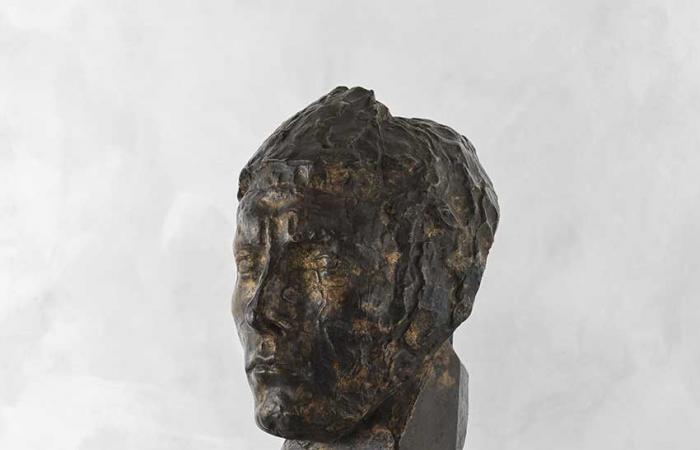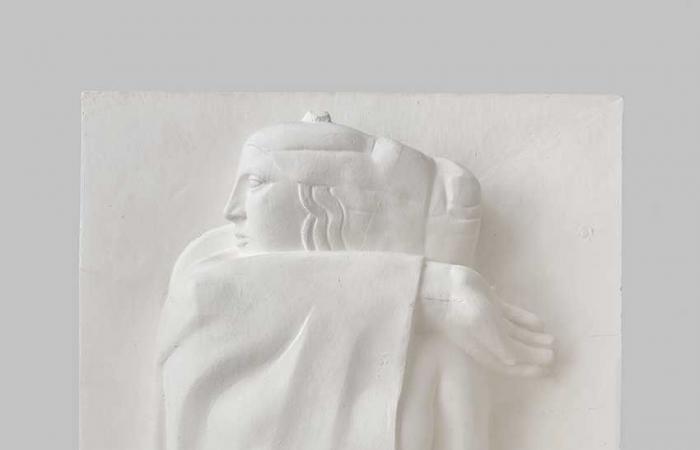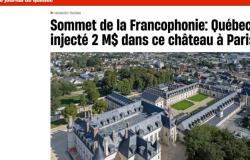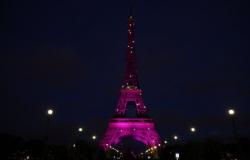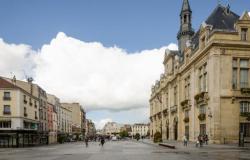Bringing together more than 160 works, mainly sculptures but also drawings, paintings and photographs, the exhibition at the Bourdelle museum (from October 2, 2024 to February 2, 2025), located in the former artist’s studio of Antoine Bourdelle ( 1861-1929), sheds light on the relationship between the two men and their respective approaches to sculpture. The similarities and divergences, the fraternities and antagonisms between the two artists separated by a generation are intelligently highlighted in this exhibition which proves to be a true reflection on sculpture.
A finely constructed exhibition
Mobilizing the entire scientific team of the Bourdelle museum, the exhibition “Rodin / Bourdelle. Body to Body” develops into four major thematic chapters to address the human and artistic relationship that unites the two artists from their meeting until the death of Rodin (1840-1917). Finely constructed, avoiding anecdote and binary comparisons, it offers an exploration of their artistic research with great intelligence of the subject which it manages to make approachable and sensitive.
Anonymous Double portrait of Antoine Bourdelle and Auguste Rodin, circa 1900, montage, gelatin silver print developed Paris, Bourdelle museum
Nourished by numerous loans from the Rodin Museum, but also from museums all over France and by the exceptional one from theEve at the rock (1893-1906) from the NY Carlsberg Glyptotek in Copenhagen, the course successively addresses the question of the treatment of the material; the aesthetics of the fragment, in three successive zones around the mask, the torso and the hand; the monumental and finally hybridization and metamorphoses.
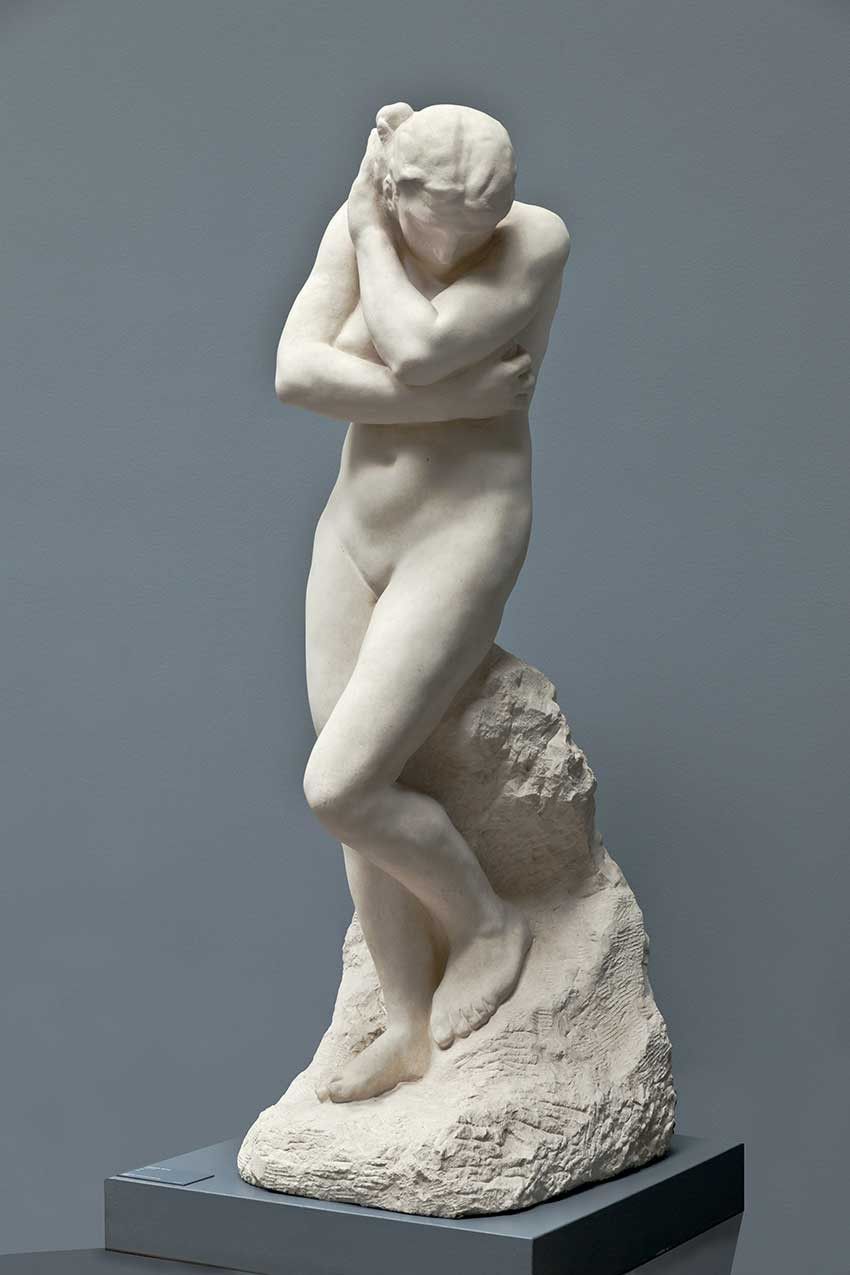
Auguste Rodin, Antoine Bourdelle (practitioner), Eve on the Rock, large version, 1893-1906, limestone, Copenhagen, Ny Carlsberg Glyptotek
Personal collections and boundless curiosity
Particularly enlightening, the evocation of the personal collections of the two artists testifies to their elective affinities. If Rodin brought together more than 6,000 works at the Villa des Brillants in Meudon between 1893 and his death where Bourdelle did not have the same financial means, the areas of interest shared by the two men are particularly striking. Their boundless curiosity ranges from ancient kouros to Egyptian, Hindu or Persian sculpture, while Western medieval art figures prominently.
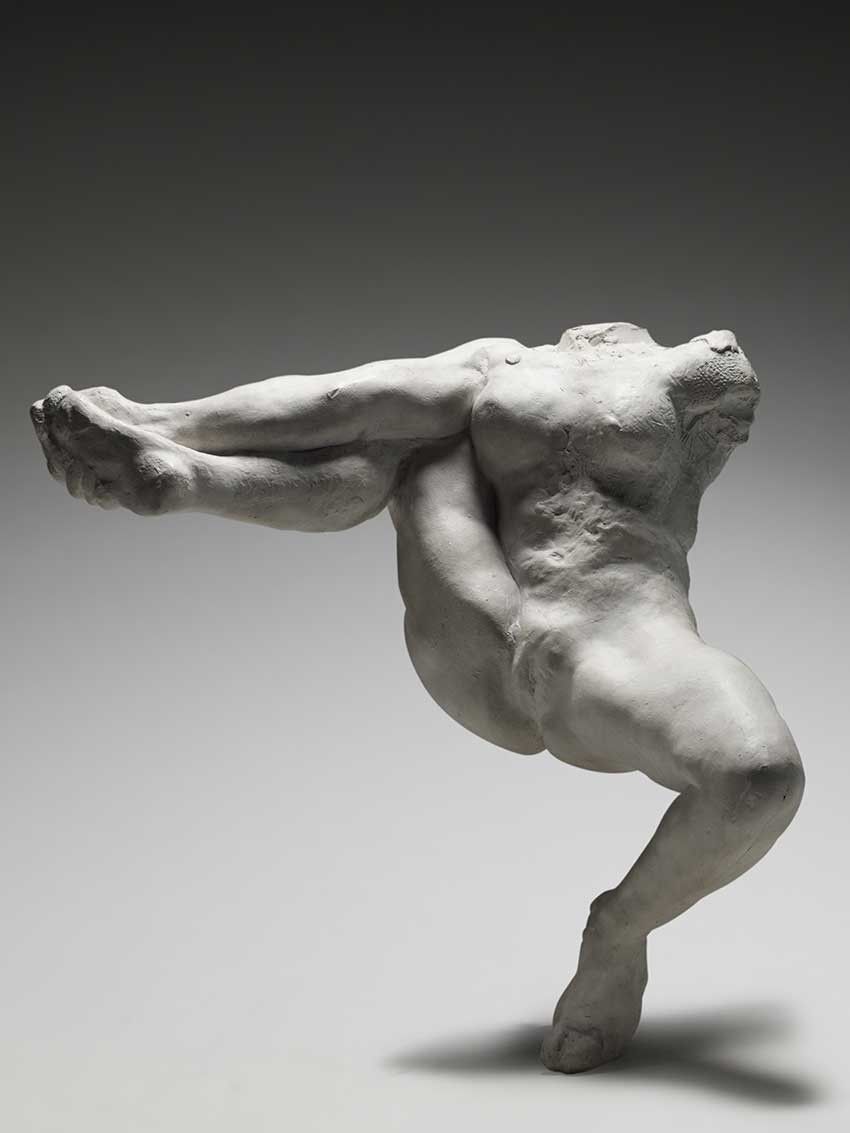
Auguste Rodin, Study for Iris, 1891-1893, plaster, Paris, Musée Rodin
The importance of the base
Fundamental in the development of modern sculpture, the question of the base mobilized Rodin whose research, notably for his famous Burghers of Calais (1889), are remembered. Following in the footsteps of Rodin, Bourdelle will also make the base a constituent element of the work whose perception he determines as for its Penelope (1912). Both announce the future research of Giacometti, a former student of Bourdelle, present with several sculptures.
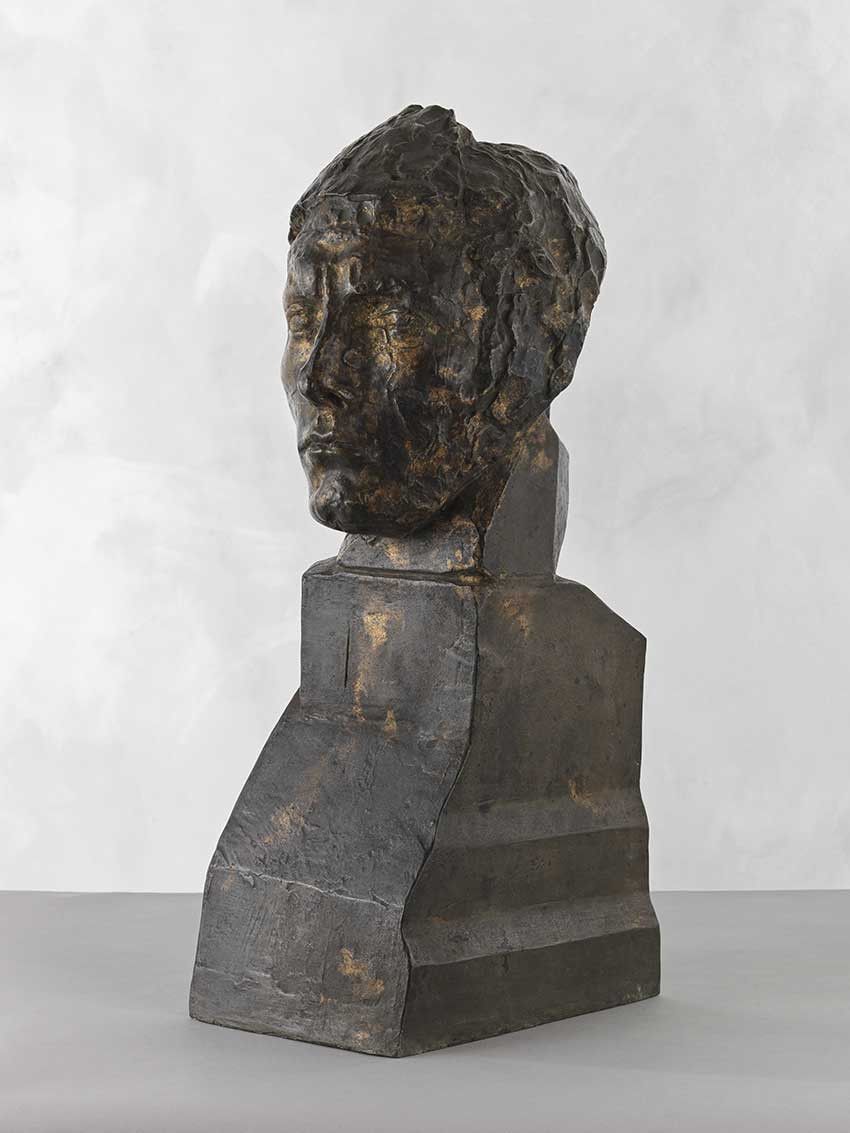
Antoine Bourdelle, Head of Apollo or Apollo in combat, square base, definitive model, 1898-1911, bronze. Rudier cast iron, before 1932, Paris, Bourdelle museum
The sculpture in progress
The relationship to architecture is illustrated with the masterful Rodin side Gate of Hell, of which a model (1881-1882) is exhibited, and the evocation of the reliefs executed by Bourdelle for the Théâtre des Champs-Elysées. Finally, a parade of figures from theman walking (1899) by Rodin‘Man crossing a square (1949) by Giacometti via The Serf (1900-1903) by Matisse or The Walking Man (1945) by Germaine Richier, guides us in conclusion towards the exit like so many ellipsis points.
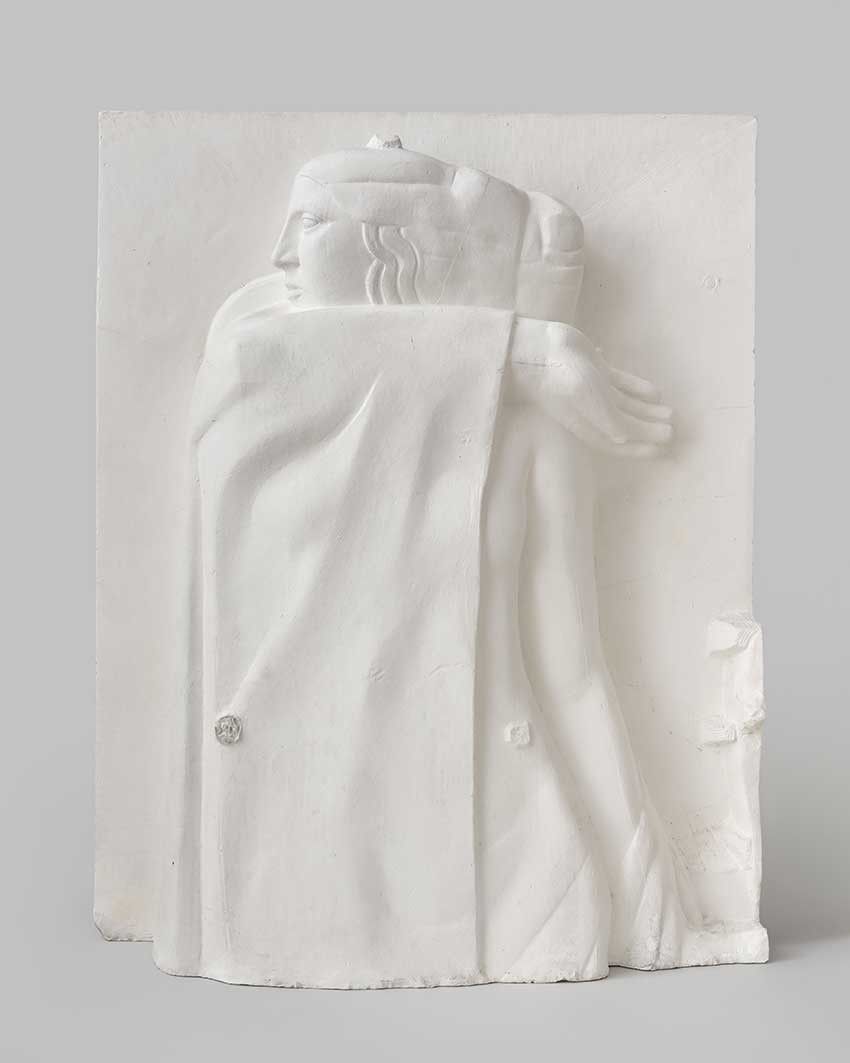
Antoine Bourdelle, Muse, fragment of the frieze of The Meditation of Apollo for the Théâtre des Champs-Élysées, 1912, plaster, Paris, Musée Bourdelle

